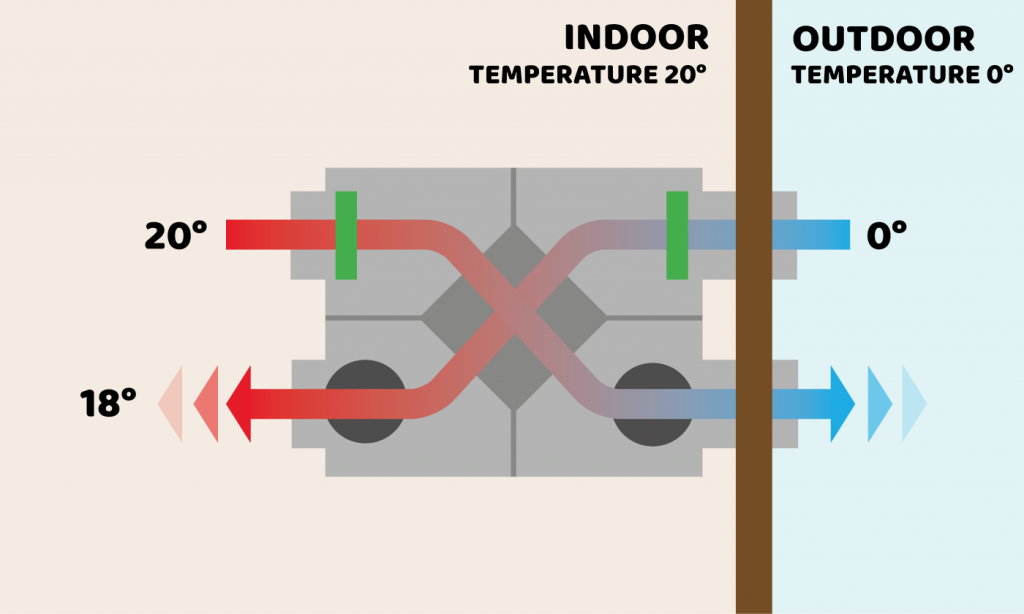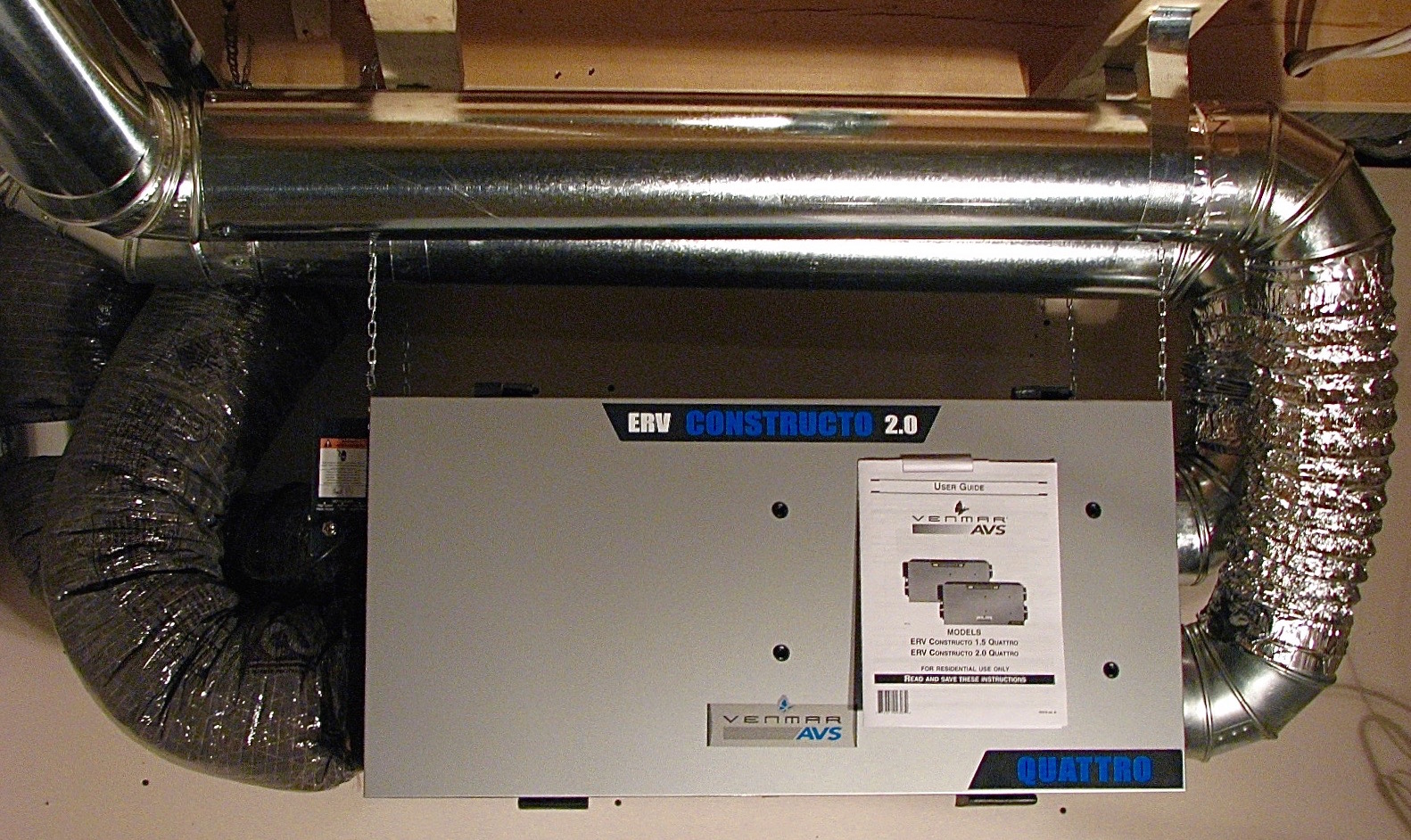The All-Inclusive Overview to the Uses of Heat Recovery Ventilation in Modern Buildings
Heat Recovery Ventilation (HRV) systems represent a significant improvement in developing modern technology (HRV Heat Recovery Ventilation). They supply an approach for exchanging stale indoor air with fresh outside air while minimizing energy loss. This technique not just boosts indoor air high quality however also adds to power efficiency in both household and commercial structures. Recognizing the different applications and advantages of HRV can expose its critical duty in modern design and sustainability efforts. The ramifications of this modern technology deserve checking out better
Recognizing Heat Recovery Ventilation Systems

Numerous contemporary structures focus on energy performance, comprehending warm recovery air flow (HRV) systems is vital for optimizing indoor air quality and decreasing power intake. HRV systems function by transferring heat from stagnant indoor air to inbound fresh air, successfully keeping comfy indoor temperatures while lessening power loss. These systems consist of a warmth exchanger, followers, and ductwork that assist in the flow of air. During winter season, HRV systems catch and recycle heat from the outward bound air, while in summer, they can aid cool down incoming air. By continuously trading air, HRV systems additionally reduce humidity and the focus of indoor contaminants. Proper setup and maintenance of HRV systems are crucial for their efficiency and effectiveness in boosting overall building performance and comfort.
Advantages of Heat Recovery Ventilation
Heat recovery ventilation systems offer various advantages that boost both energy efficiency and indoor air high quality in contemporary buildings. By capturing and reusing power from exhaust air, these systems considerably lower home heating and air conditioning expenses, leading to reduced power usage. Moreover, they maintain a consistent flow of fresh outside air, lessening the threat of indoor air pollutants and allergens. This continual exchange helps manage humidity levels, preventing mold development and making certain a much healthier living setting. In addition, HRV systems add to sustainability goals by decreasing overall carbon footprints. Their ability to enhance ventilation without giving up thermal convenience makes them a useful enhancement to modern structure style, promoting both financial and ecological benefits.
Applications of HRV in Residential Structures
As property owners significantly focus on power efficiency and interior air high quality, the applications of heat recuperation air flow (HRV) systems in domestic structures have actually ended up being extra common. HRV systems are particularly beneficial in firmly sealed homes, where keeping fresh air flow is vital for protecting against moisture accumulation and indoor toxins. They properly move heat from outgoing stagnant air to inbound fresh air, reducing energy prices related to heating & cooling. Additionally, HRVs can enhance convenience levels by regulating moisture and temperature level. They are also versatile for numerous residential layouts, including single-family homes and multi-unit buildings. Generally, integrating HRV systems supports lasting living techniques while ensuring a much healthier interior atmosphere for residents.
HRV in Business and Industrial Settings
In business and commercial setups, the execution of heat recuperation ventilation (HRV) systems has become progressively important for maximizing power performance and keeping air top quality. These systems effectively move warm from exhaust air to incoming fresh air, minimizing the demand for extra home heating or cooling. This not only lowers power costs yet likewise contributes to sustainability campaigns. Industries such as manufacturing, warehousing, and workplace structures benefit greatly from HRV systems, More Bonuses as they help regulate temperature and moisture degrees, ensuring a comfy and efficient setting. HRV systems help in removing impurities and excess dampness, enhancing interior air quality. As regulations around air quality end up being more stringent, the adoption of HRV technology is likely to grow, making it an important component of modern commercial and commercial facilities.
Future Trends in Heat Recovery Ventilation Innovation

Often Asked Questions
Just How Does Heat Recovery Ventilation Impact Indoor Air Top Quality?
Heat recovery ventilation significantly enhances indoor air high quality by continuously exchanging stagnant interior air with fresh outside air while recouping energy. This process decreases toxins, maintains excellent moisture degrees, and guarantees a much healthier setting for residents.
Can HRV Systems Be Set Up in Existing Buildings?
HRV systems can without a doubt be set up in existing structures. Retrofitting might need alterations to ductwork and air flow layouts, yet it substantially improves energy effectiveness and indoor air top quality, making it a viable option for older frameworks.
What Maintenance Is Needed for HRV Solutions?

Are There Certain Climates Where HRV Is More Reliable?
Heat recovery ventilation systems are specifically efficient in environments with substantial temperature level distinctions in between seasons. These systems optimize power effectiveness by recovering warmth from exhaust air, making them suitable for both chilly visit homepage and reasonably cozy settings.
How Do HRV Systems Affect Power Bills?
